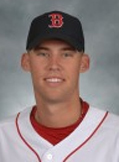 Daniel Bard
Daniel Bard
Wareham 2005
Pitcher
North Carolina
Power pitchers may light up radar guns, but they don’t always do it that frequently when they’re on the Cape. Over the years, bullpens have been a pretty common landing spot for flame-throwers, even for some who are starters on their college teams.
Daniel Bard did not take that path. Far from it. In 2005, Bard led the league in starts and innings pitched. He made 10 starts and logged 65 innings.
All the exposure was a very good thing. For the benchmarks that you think of when talking about power pitchers, Bard had probably the best single season of the decade. He led the league in strikeouts with 82, and that stood through the next four years as the best mark of the decade. He also had a 1.25 ERA, and he surrendered just 42 hits. His K/9 was 11.4.
Those are pretty remarkable numbers, especially when you consider how often Bard was on the mound. While more innings obviously pave the way for more strikeouts, they also create more opportunities for bad moments.
Bard didn’t have many. He allowed nine earned runs all summer. The most he allowed in any one start was three.
And Bard didn’t get tired either, despite pitching 89.2 innings for North Carolina in the spring. As the summer wore on, Bard actually got stronger. After he allowed three runs in a duel with UNC teammate Andrew Miller on July 20, Bard delivered his three best starts of the summer. On July 25 against Hyannis, he struck out 12 and walked one in seven shutout innings. Six days later, he went nine shutout innings, allowed one hit and struck out 10 against Brewster. He closed out the season by striking out 10 in seven innings against Bourne.
Fittingly, that last start came on the last night of the regular season. Bard was on the mound, just as he was on day one.
After the Cape
Bard was named the No.2 prospect in the league in 2005 and was drafted 28th overall by the Red Sox the next June. After some shakiness as a starter in 2007, Bard was moved to the bullpen in 2008, and the rest is history. He made it to Boston in 2009 and emerged as one of the game’s most exciting young power relievers. He struck out 63 in 49.1 innings and touched 101 mph on the radar gun.
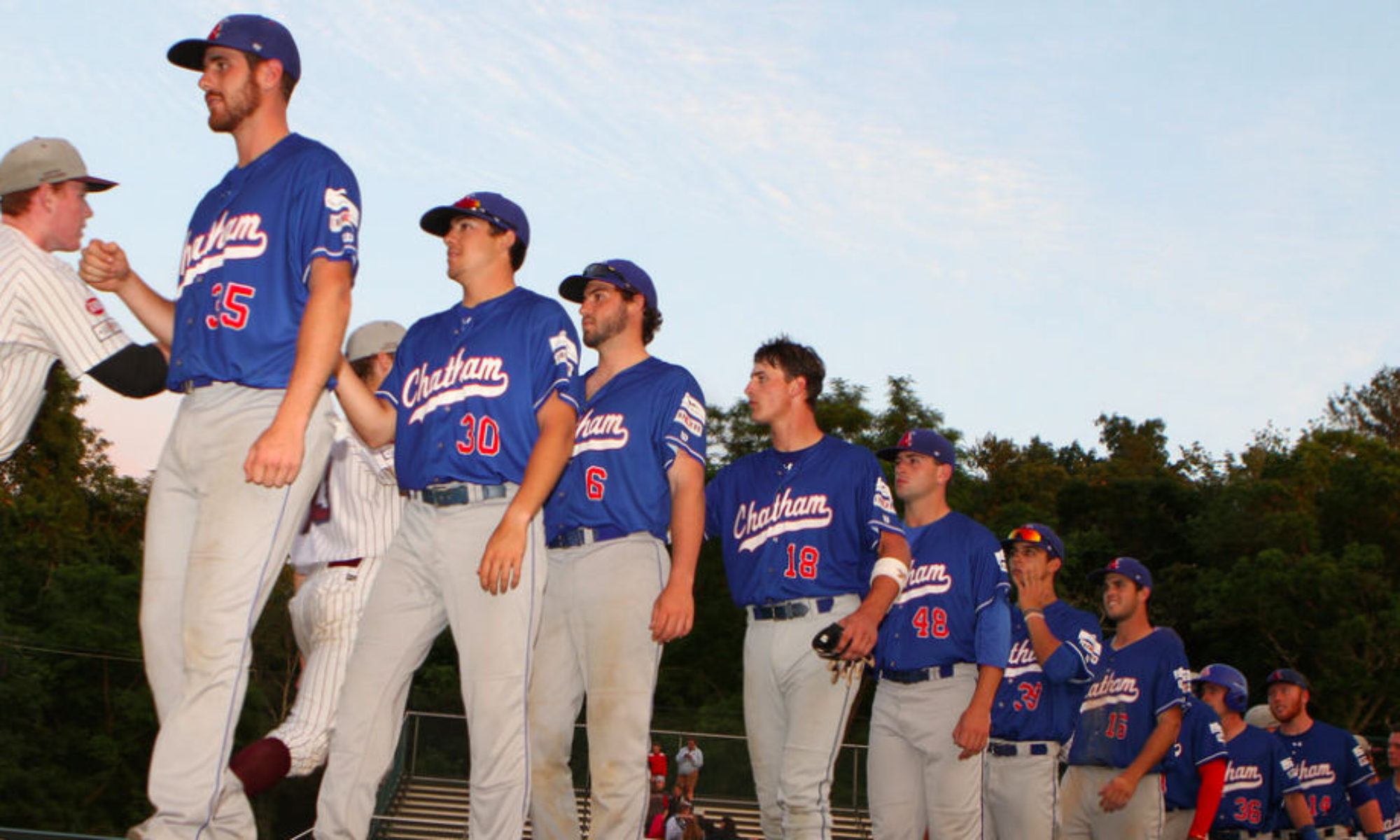
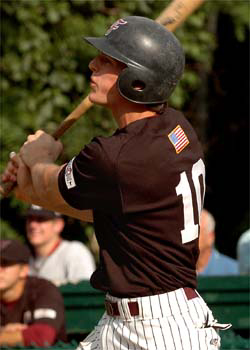 Conor Gillaspie
Conor Gillaspie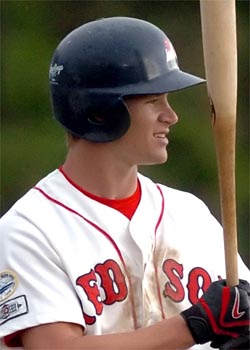 Gordon Beckham
Gordon Beckham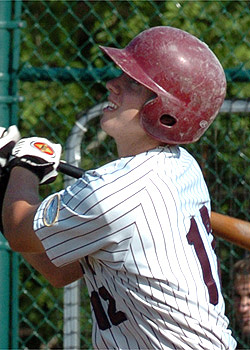 Justin Smoak
Justin Smoak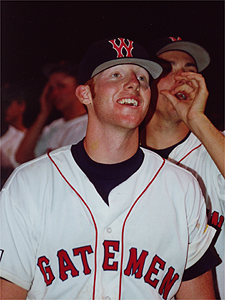 Matt Murton
Matt Murton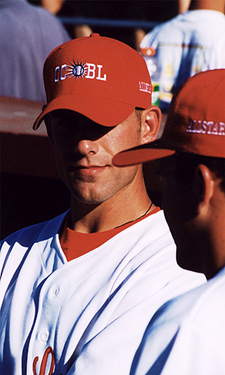 Ben Crockett
Ben Crockett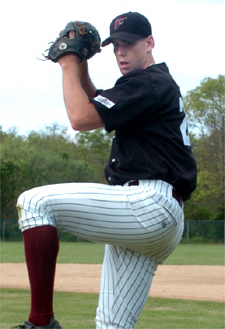 Tim Norton
Tim Norton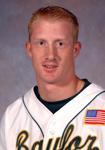 Zane Carlson
Zane Carlson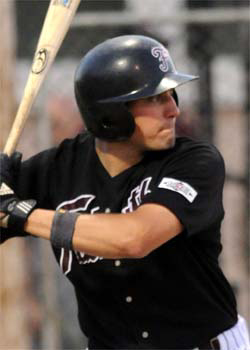 A.J. Pollock
A.J. Pollock